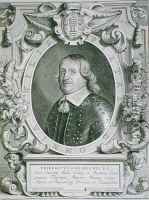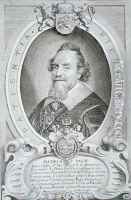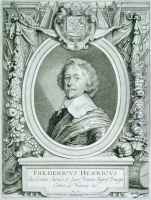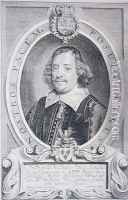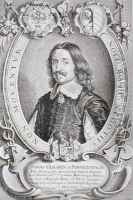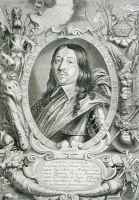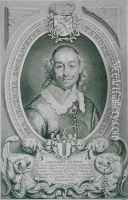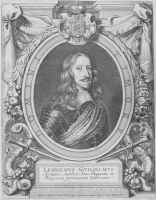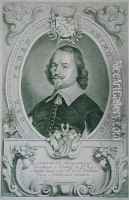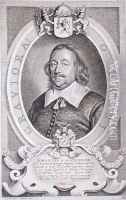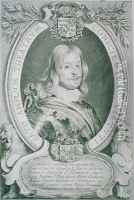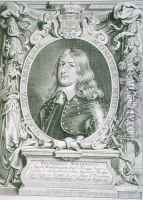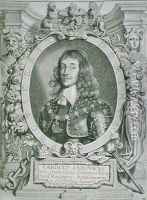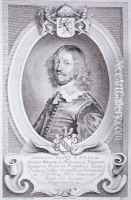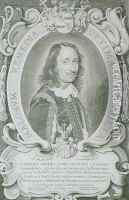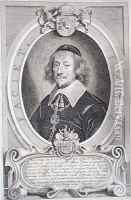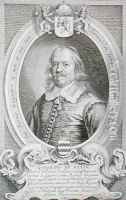Anselmus van Hulle Paintings
Anselmus van Hulle (or Anselm van Hulle) was a Flemish painter known primarily for his portraits. Born in 1601 in Ghent, then part of the Spanish Netherlands, he became one of the most respected portraitists of his time, with a career that reflected the cultural and political milieu of 17th-century Europe. Van Hulle's early training and artistic influences are not well-documented, but he is believed to have been a pupil of the painter Frans Pourbus the Younger, who was a renowned portrait artist of the era.
Throughout his career, Anselmus van Hulle worked for various European courts, which was a testament to his skill and reputation. He was employed at the court of Prince Maurice of Nassau in the Dutch Republic and later became a court painter for the House of Orange. Van Hulle is especially noted for his work during the Congress of Münster, part of the Peace of Westphalia negotiations, which ended the Thirty Years' War. During this congress, which lasted from 1643 to 1648, he created portraits of the various delegates, which were later compiled into a collection known as the 'Pace Perpetua'.
This collection is significant as it provides a visual record of the important figures involved in the negotiations that shaped the political landscape of Europe. Van Hulle's portraits are characterized by their detail and the careful depiction of fabrics and textures, as well as by the dignified representation of his subjects. His works can be seen as a blend of the realistic Dutch portraiture tradition and the grandeur often found in Flemish art of the period.
After the Congress of Münster, Anselmus van Hulle continued to receive commissions from the nobility and royalty across Europe. His portraits were prized for their elegance, and his ability to capture the likeness and status of his sitters. Despite his success as a portraitist, not much is known about his personal life or his artistic development.
Anselmus van Hulle passed away in 1674. While he may not be as widely recognized today as some of his contemporaries, his contribution to the art of portraiture during a pivotal moment in European history remains significant. His works are preserved in various museums and collections, offering insights into the faces and fashions of the 17th century elite.
